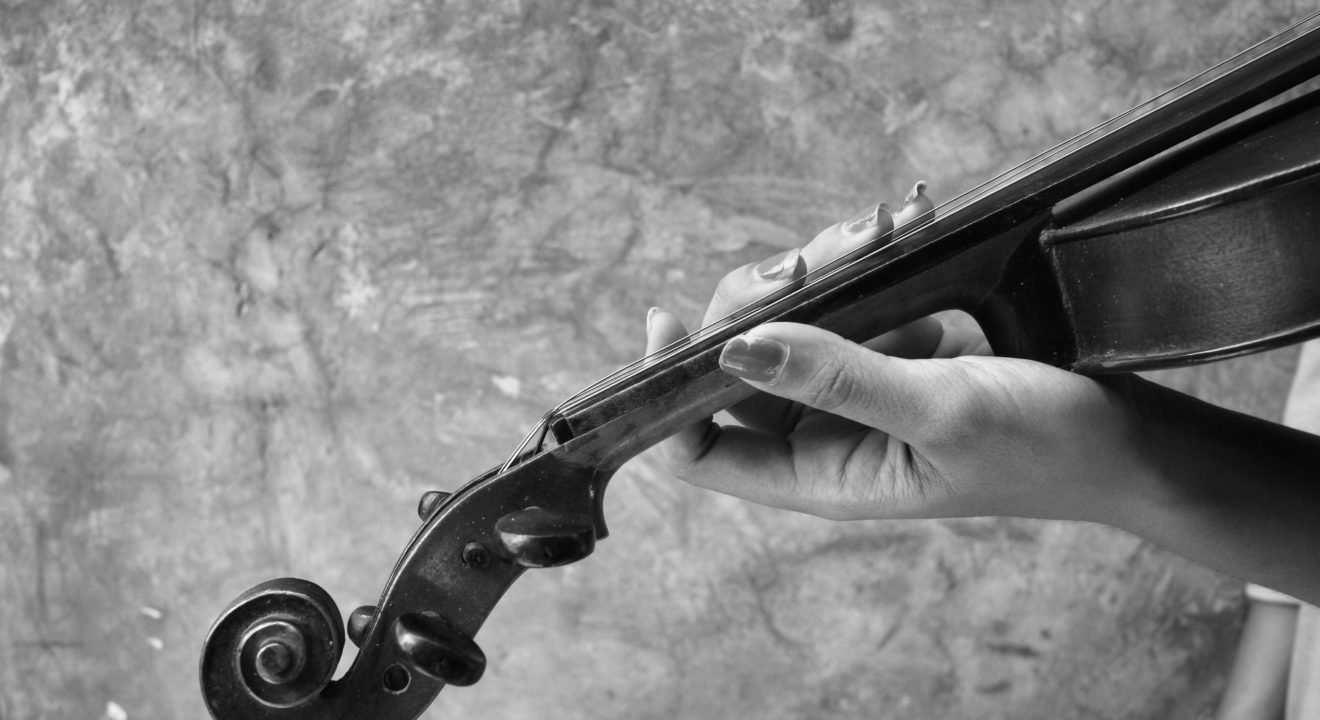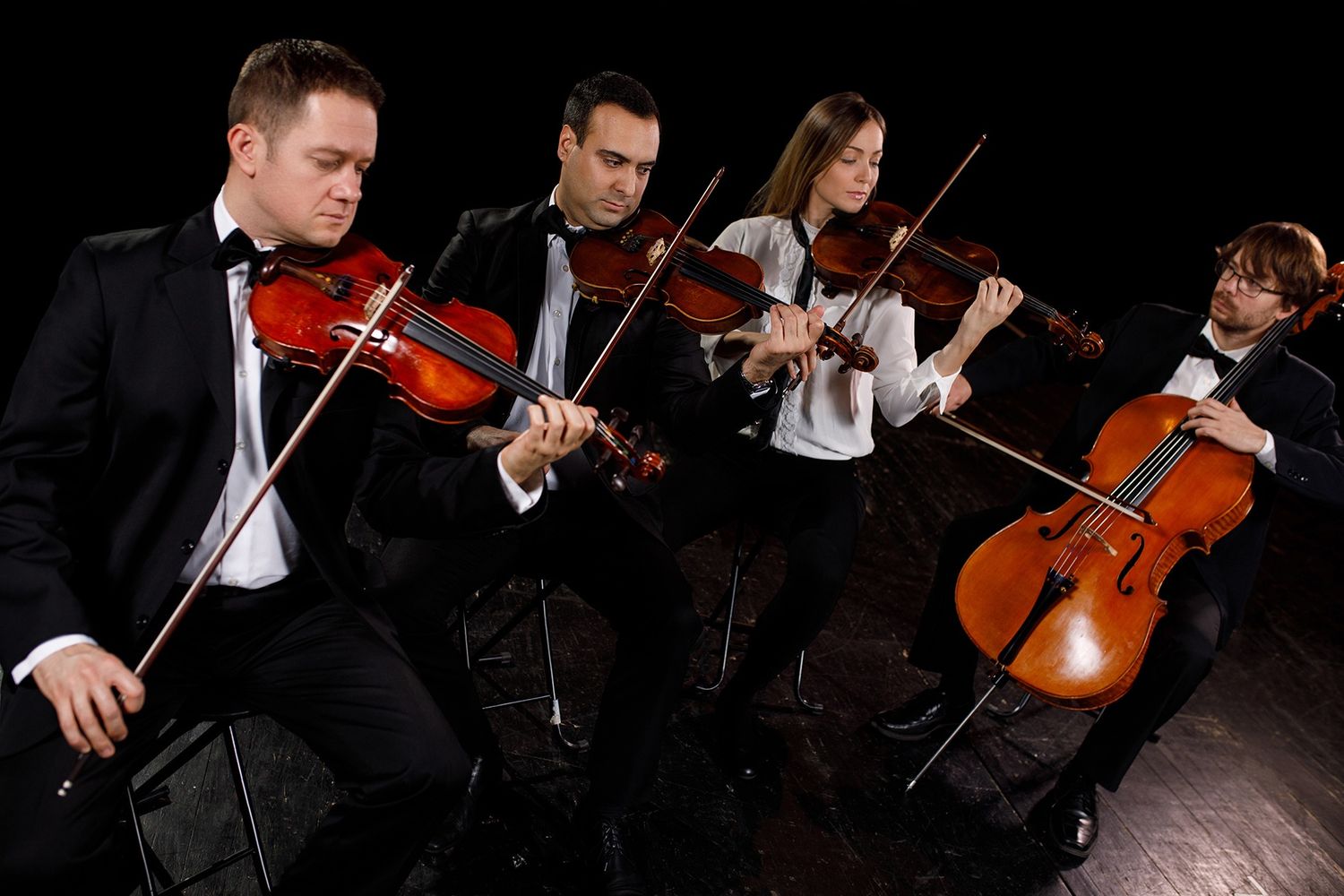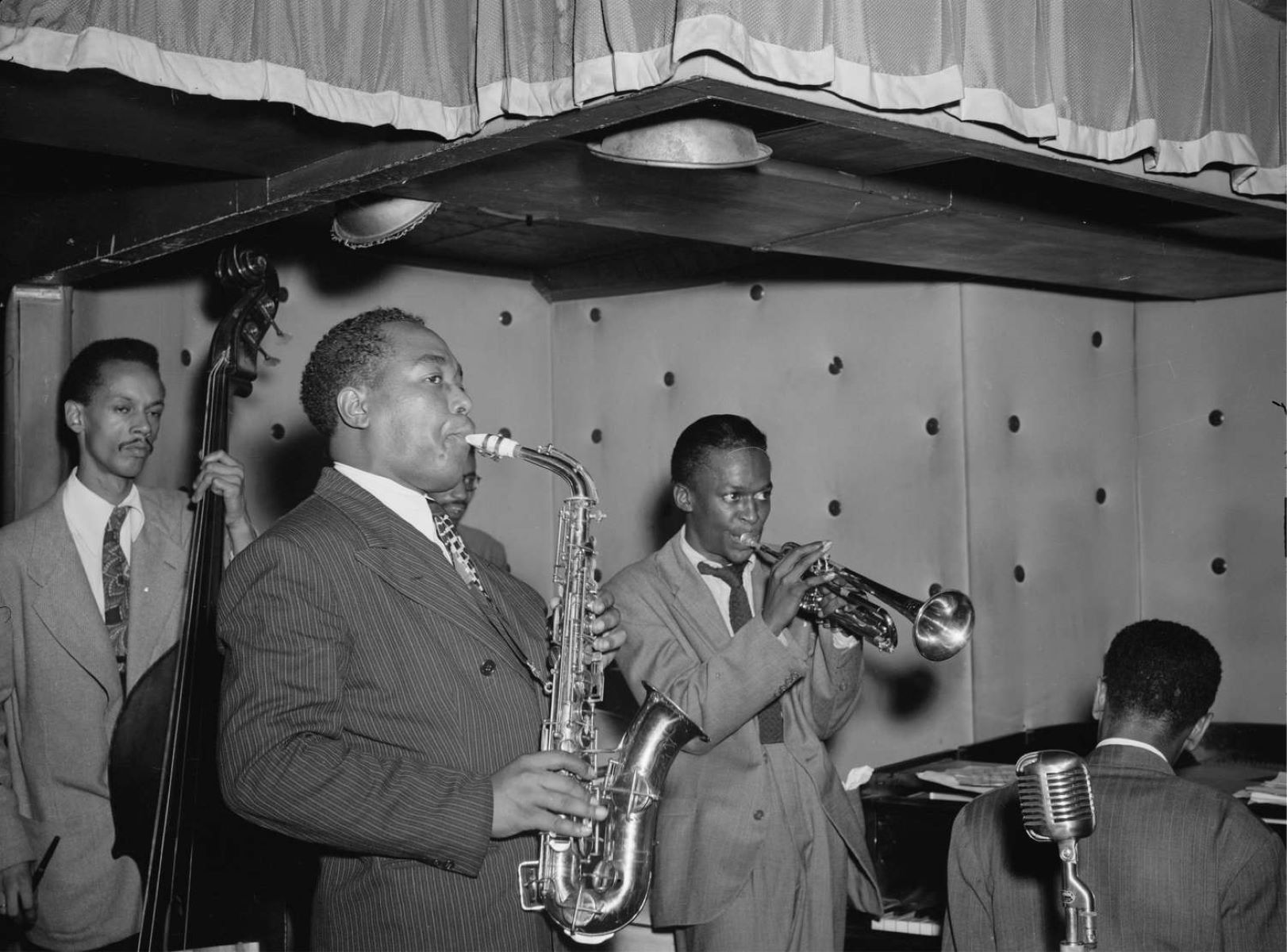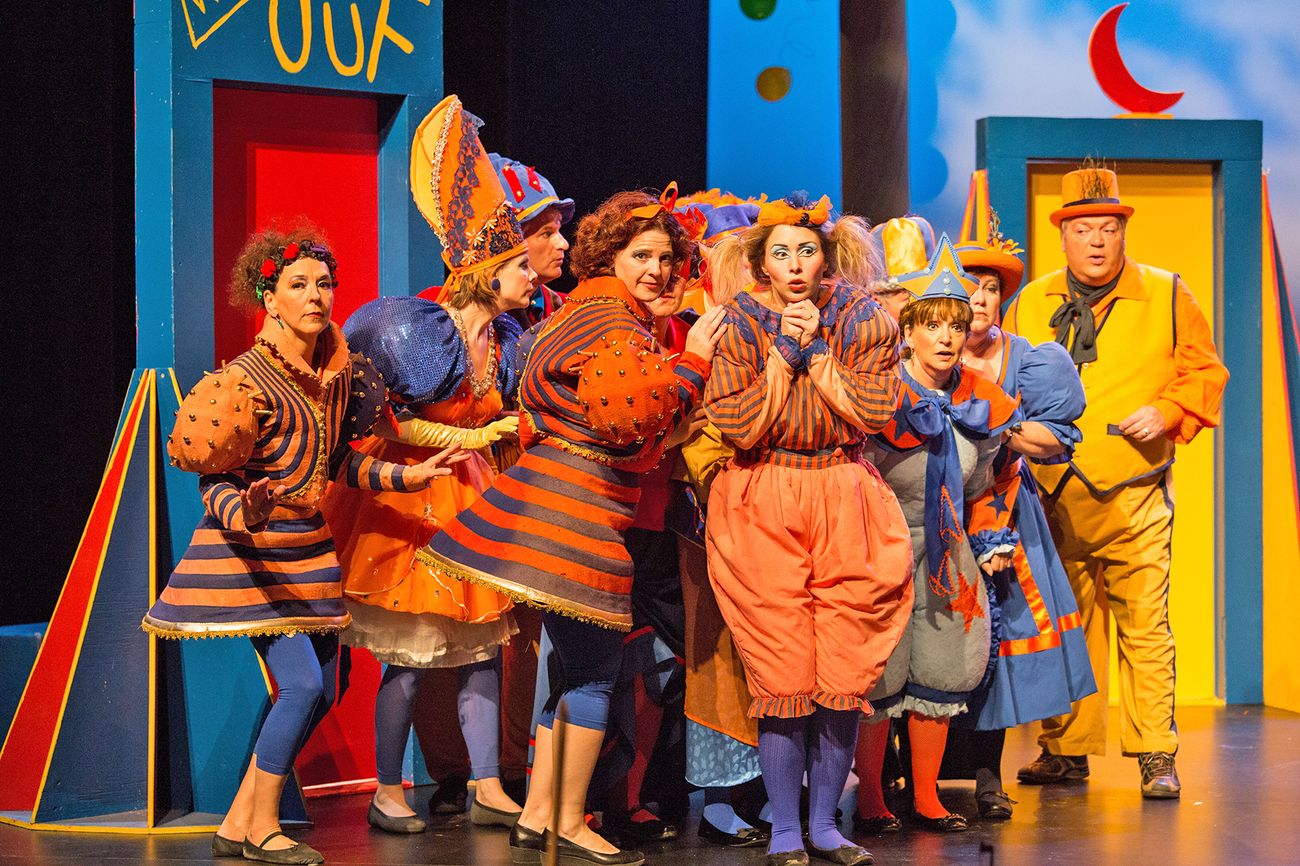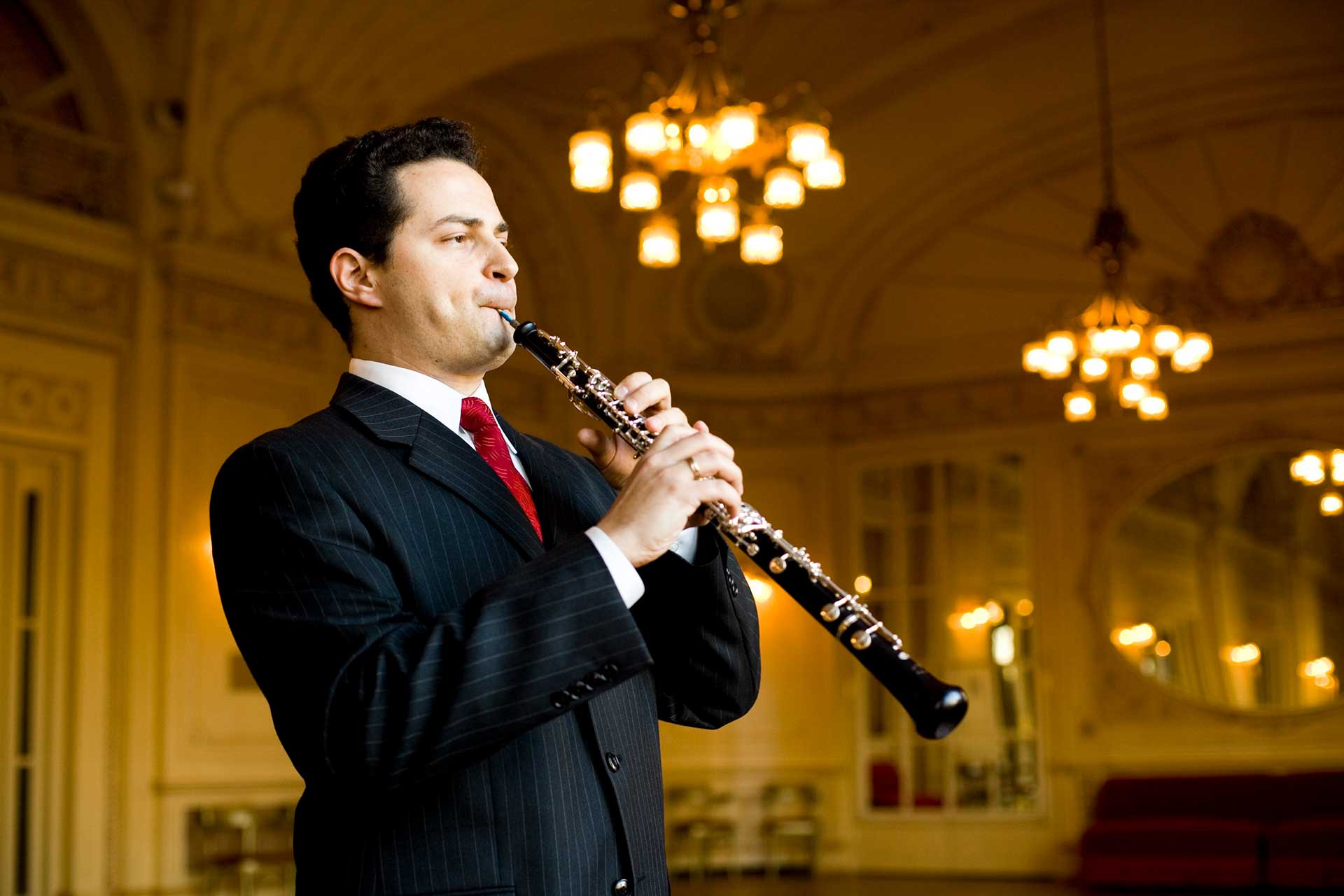Home>Production & Technology>Orchestra>How Does A Wind Ensemble Differ From An Orchestra?
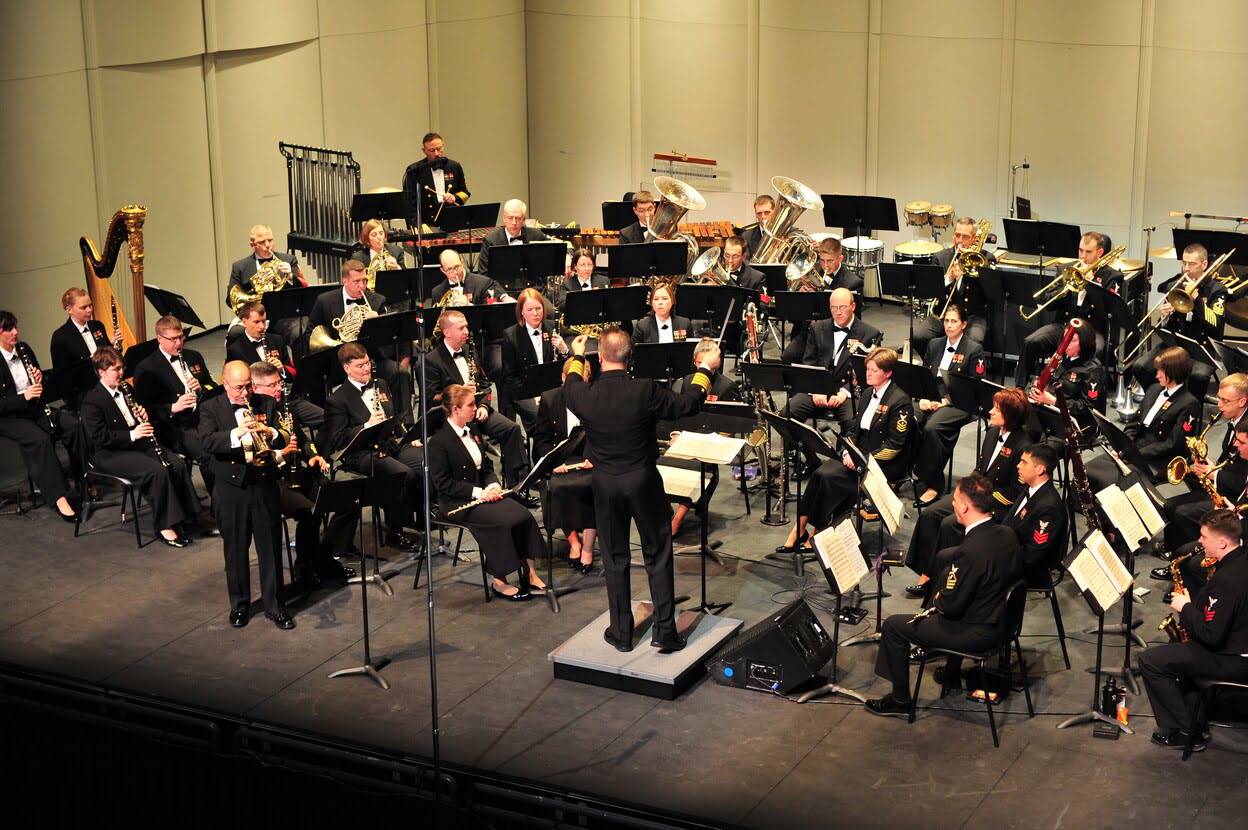

Orchestra
How Does A Wind Ensemble Differ From An Orchestra?
Published: February 24, 2024
Discover the distinctions between a wind ensemble and an orchestra. Learn about the unique characteristics and instrumentation of an orchestra. Explore the differences in performance styles and compositions.
(Many of the links in this article redirect to a specific reviewed product. Your purchase of these products through affiliate links helps to generate commission for AudioLover.com, at no extra cost. Learn more)
Introduction
When it comes to musical ensembles, the orchestra and wind ensemble stand as two distinguished pillars in the realm of classical music. While both share the common goal of delivering breathtaking performances, they do so through distinct means. Understanding the nuances that set these two ensembles apart is crucial for appreciating the depth and diversity of orchestral music.
The orchestra, often regarded as the epitome of classical music, is a grand assemblage of diverse instruments, each contributing its unique timbre to create a rich, harmonious tapestry of sound. On the other hand, the wind ensemble, also known as a concert band, primarily comprises woodwind, brass, and percussion instruments, omitting the string section that is integral to the orchestra's sonic landscape.
As we delve into the intricacies of these ensembles, we will uncover the marked differences in their instrumentation, repertoire, conductor's role, and performance style. By gaining insight into these facets, we can truly grasp the essence of each ensemble and the distinct experiences they offer to both performers and audiences.
Instrumentation
The instrumentation of an orchestra and a wind ensemble forms the cornerstone of their sonic identities. The orchestra boasts a vast array of instruments, including strings, woodwinds, brass, and percussion. This comprehensive lineup allows for a rich and diverse palette of sounds, with the string section typically comprising violins, violas, cellos, and double basses. The woodwind section encompasses flutes, oboes, clarinets, and bassoons, while the brass section features trumpets, French horns, trombones, and tubas. The percussion section adds depth and texture through instruments such as timpani, snare drums, cymbals, and xylophones.
In contrast, the wind ensemble focuses on woodwind, brass, and percussion instruments, omitting the string section altogether. This streamlined instrumentation results in a distinctive sonic character, with an emphasis on the interplay between woodwinds and brass, complemented by the rhythmic drive of the percussion section. The absence of strings in a wind ensemble leads to a unique timbral quality, characterized by the interwoven textures of woodwind and brass instruments, punctuated by the dynamic punctuation of percussion.
The absence of strings in a wind ensemble leads to a unique timbral quality, characterized by the interwoven textures of woodwind and brass instruments, punctuated by the dynamic punctuation of percussion. This streamlined instrumentation allows for a focused exploration of the tonal and textural possibilities inherent in woodwind and brass instruments, resulting in a vibrant and distinctive sonic tapestry.
In essence, while the orchestra's instrumentation encompasses a broad spectrum of musical colors and textures, the wind ensemble's focus on woodwinds, brass, and percussion creates a vibrant and dynamic sonic landscape, offering a unique and compelling musical experience.
Repertoire
The repertoire of an orchestra and a wind ensemble reflects the distinct capabilities and sonic possibilities inherent in their respective instrumentations. The orchestra, with its expansive array of strings, woodwinds, brass, and percussion, delves into a vast and diverse repertoire that spans centuries of classical music. From the Baroque intricacies of Bach and Handel to the Romantic grandeur of Tchaikovsky and Mahler, the orchestra navigates a rich tapestry of symphonic masterpieces, concertos, overtures, and choral works. The inclusion of string instruments enables the orchestra to tackle a wide range of compositions, from delicate chamber music to sweeping symphonies, showcasing the full spectrum of emotional depth and sonic grandeur.
In contrast, the wind ensemble's repertoire, while equally diverse and compelling, is tailored to its specific instrumentation. With a focus on woodwinds, brass, and percussion, the wind ensemble embraces a repertoire that highlights the unique timbral qualities and expressive capabilities of these instruments. From stirring marches and vibrant fanfares to contemporary compositions that push the boundaries of wind and percussion performance, the wind ensemble's repertoire showcases the dynamic interplay and sonic versatility of its instrumental lineup. Composers such as Gustav Holst, Percy Grainger, and Frank Ticheli have contributed iconic works that harness the expressive power of wind and percussion instruments, crafting compositions that resonate with the distinctive character of the wind ensemble.
Furthermore, the absence of strings in the wind ensemble prompts a creative exploration of textures, harmonies, and rhythmic intricacies within the woodwind, brass, and percussion sections. This unique focus shapes the ensemble's repertoire, fostering a vibrant and expressive musical landscape that captivates audiences with its evocative interpretations and compelling sonic explorations. Whether interpreting classical masterworks transcribed for wind ensemble or commissioning new compositions that push the boundaries of contemporary wind and percussion music, the repertoire of the wind ensemble showcases the ensemble's prowess and artistry, offering a captivating journey through the expressive potential of its instrumental forces.
In essence, while the orchestra's repertoire encompasses the full breadth of classical music, drawing from centuries of symphonic tradition, the wind ensemble's repertoire celebrates the expressive power and sonic diversity of woodwinds, brass, and percussion, crafting a dynamic and compelling musical narrative that resonates with audiences and performers alike.
Conductor's Role
The role of the conductor in both the orchestra and the wind ensemble is pivotal, serving as the guiding force that shapes and interprets the musical performance. In the context of an orchestra, the conductor wields a profound influence, not only in leading the ensemble with precise gestures and cues but also in crafting a cohesive and expressive interpretation of the music. Through nuanced conducting techniques, the conductor communicates musical phrasing, dynamics, and expressive nuances, eliciting a unified and emotive performance from the orchestra.
In addition to maintaining precise tempo and coordinating the intricate interplay of diverse instrumental sections, the conductor of an orchestra delves into the depths of musical interpretation, infusing each performance with a distinct artistic vision. Whether navigating the sweeping landscapes of a symphony or the intricate dialogues of a concerto, the conductor shapes the orchestra's sound, molding it into a powerful and evocative musical statement. This role demands a profound understanding of the score, an acute awareness of ensemble dynamics, and an innate ability to inspire musicians to transcend technical precision and embrace the emotive essence of the music.
Similarly, in the realm of the wind ensemble, the conductor assumes a multifaceted role that extends beyond mere beat-keeping and cueing. With a focus on woodwinds, brass, and percussion, the wind ensemble conductor navigates the unique challenges and expressive possibilities inherent in this instrumental configuration. From shaping the nuanced phrasing of woodwind melodies to harnessing the dynamic energy of brass fanfares and percussion flourishes, the conductor cultivates a cohesive and compelling musical narrative within the wind ensemble.
Moreover, the conductor's role in a wind ensemble encompasses a deep understanding of the expressive capabilities of woodwind and brass instruments, as well as a keen sensitivity to the rhythmic complexities and textural interplay of the percussion section. Through precise conducting gestures and insightful musical direction, the conductor guides the ensemble in crafting vibrant and nuanced performances that showcase the distinctive timbral qualities and expressive potential of wind and percussion instruments.
In essence, whether leading an orchestra or a wind ensemble, the conductor's role transcends mere technical direction, embodying a profound artistic stewardship that shapes the ensemble's musical identity and fosters compelling and emotive performances. With a blend of technical precision, interpretive insight, and inspirational leadership, the conductor infuses each ensemble with a distinct musical voice, guiding musicians in a collaborative journey to bring forth captivating and evocative musical experiences.
Performance Style
The performance style of an orchestra and a wind ensemble embodies the culmination of their distinctive instrumentation, repertoire, and artistic interpretation, shaping the sonic and emotive experiences they offer to audiences. In the realm of orchestral performance, the grandeur and depth of the ensemble's sonic landscape set the stage for a rich and immersive musical journey. The orchestra's performance style encompasses a symphonic tradition characterized by lush string textures, vibrant woodwind melodies, resplendent brass fanfares, and the dynamic punctuation of percussion. This symphonic tapestry unfolds with a grandeur that transcends mere technical prowess, embracing the emotive essence of the music and inviting audiences into a captivating realm of sonic beauty and expressive depth.
The performance style of a wind ensemble, on the other hand, embodies a dynamic and vibrant energy that stems from its focused instrumentation and compelling repertoire. With a keen emphasis on woodwinds, brass, and percussion, the wind ensemble crafts performances that showcase the interplay of timbres, the expressive capabilities of individual instruments, and the rhythmic drive of the ensemble as a whole. The performance style of a wind ensemble resonates with an invigorating spirit, embracing the evocative power of wind and percussion instruments to create compelling musical narratives that captivate audiences with their expressive depth and dynamic energy.
Furthermore, the performance style of both ensembles reflects their conductor's interpretive insight and artistic direction, shaping each musical moment with precision and emotive resonance. Whether navigating the sweeping landscapes of a symphony with the orchestra or infusing the vibrant textures of a wind ensemble with expressive nuance, the conductor's guidance fosters performances that transcend technical proficiency, embracing the emotive essence of the music and inviting audiences into a captivating realm of sonic beauty and expressive depth.
In essence, the performance style of an orchestra and a wind ensemble embodies the convergence of technical precision, interpretive insight, and emotive resonance, shaping performances that transcend mere musical execution and resonate with audiences on a profound and evocative level. Through the interplay of instrumentation, repertoire, conductor's guidance, and artistic interpretation, both ensembles craft performances that celebrate the expressive power of music, inviting audiences into a realm of sonic beauty, emotive depth, and captivating musical narratives.
Conclusion
In conclusion, the orchestra and wind ensemble stand as two distinct pillars in the realm of classical music, each offering a unique and compelling musical experience. The orchestra, with its expansive instrumentation encompassing strings, woodwinds, brass, and percussion, delves into a vast repertoire that spans centuries of symphonic tradition. Its performance style embodies a grandeur and depth that captivates audiences with lush textures, vibrant melodies, and resplendent fanfares, guided by the interpretive insight and artistic direction of the conductor. On the other hand, the wind ensemble, with its focused lineup of woodwinds, brass, and percussion, crafts performances that showcase the expressive power and dynamic energy of its instrumental forces, resonating with an invigorating spirit and compelling musical narratives.
The distinct differences in instrumentation, repertoire, conductor's role, and performance style shape the essence of each ensemble, offering performers and audiences varied and captivating musical experiences. While the orchestra's sonic landscape embraces a broad spectrum of colors and textures, the wind ensemble's streamlined instrumentation fosters a vibrant and dynamic sonic tapestry that celebrates the expressive potential of woodwinds, brass, and percussion. Furthermore, the conductor's pivotal role transcends mere technical direction, embodying a profound artistic stewardship that shapes the ensemble's musical identity and fosters compelling and emotive performances.
Ultimately, both the orchestra and wind ensemble serve as conduits for the emotive power of music, inviting audiences into captivating realms of sonic beauty, emotive depth, and compelling musical narratives. Whether navigating the grand symphonic traditions with the orchestra or embracing the dynamic energy of wind and percussion instruments with the wind ensemble, these ensembles enrich the cultural tapestry of classical music, celebrating the expressive diversity and artistic vitality inherent in orchestral music.
In embracing the nuances that set these ensembles apart, we gain a deeper appreciation for the breadth and depth of orchestral music, recognizing the unique contributions and compelling experiences offered by both the orchestra and wind ensemble. It is through this understanding that we embark on a journey of musical discovery, celebrating the rich tapestry of classical music and the captivating allure of orchestral performances.

